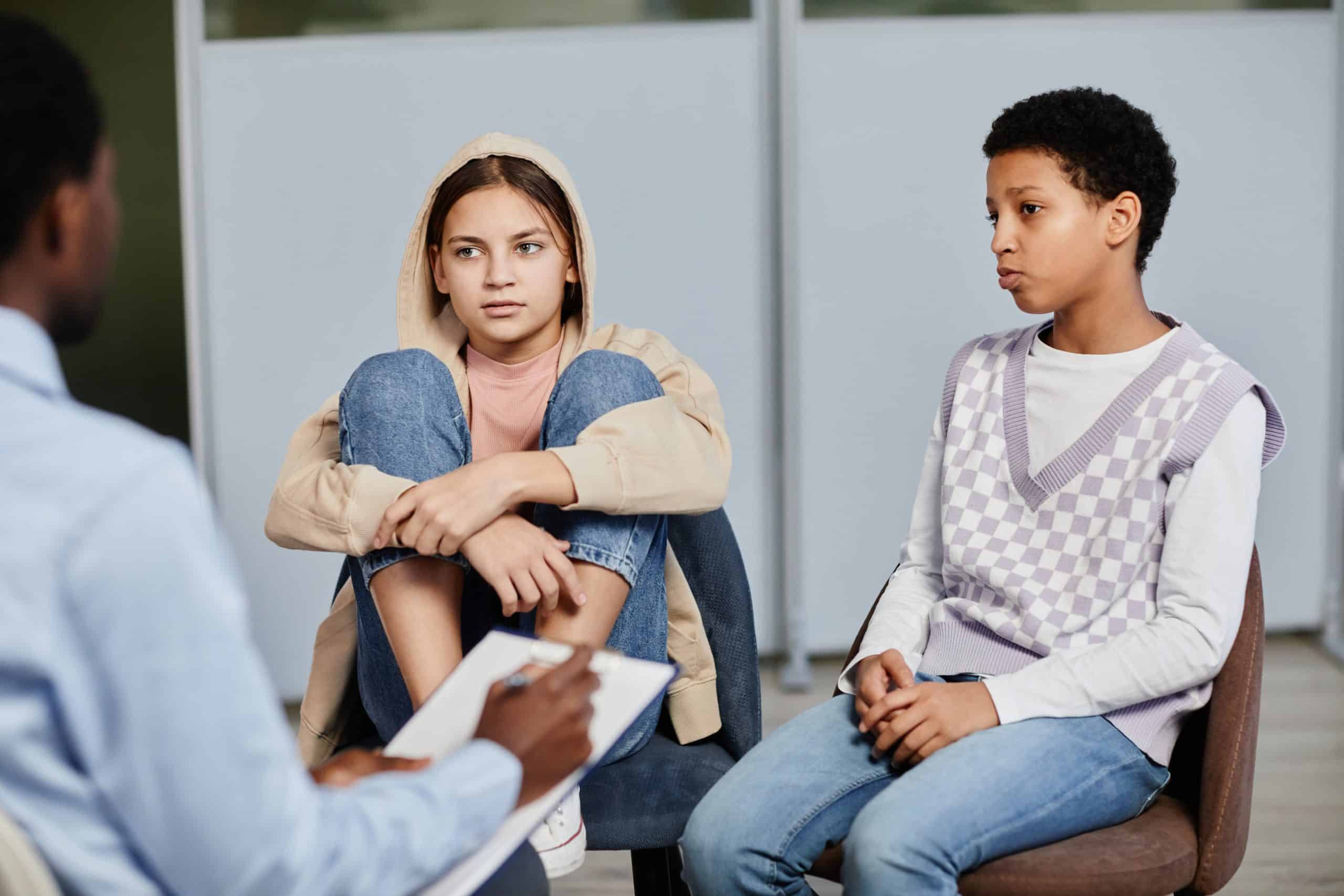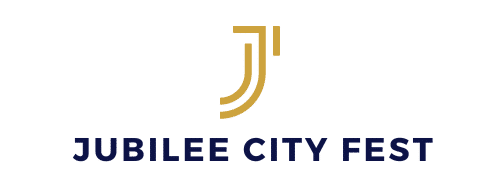What Are the Potential Benefits of Low-Level Laser Therapy in Wound Healing?

As medical advancements continue to evolve, the quest for effective, non-invasive treatments to aid wound healing and tissue repair is a never-ending journey. One such treatment that has gained significant recognition recently is Low-Level Laser Therapy (LLLT). This therapy has been shown to potentially speed up the healing process, reduce pain and inflammation, and improve the quality of skin tissue regeneration. Today, we’ll delve into the potential benefits of low-level laser therapy in wound healing, backed up by scientific research and clinical studies.
Understanding Low-Level Laser Therapy
Before we explore the potential benefits of LLLT, it would be beneficial to understand what exactly the treatment entails. Low-level laser therapy, also known as cold laser therapy, involves the use of low-level light to stimulate healing within the body. Unlike high-level lasers used in surgeries, LLLT does not heat body tissues, hence the term "cold" laser therapy.
Lire également : Can Animal-Assisted Therapy Improve Emotional Well-being in Oncology Patients?
LLLT works by emitting light that penetrates the skin and other tissues, absorbed by the cells which then respond with a physiological reaction promoting the healing process. The therapy has been used on a range of conditions, from musculoskeletal pain to wound healing.
LLLT and Wound Healing
LLLT has shown promising effects in the healing of wounds. A study published in the "Journal of Clinical and Aesthetic Dermatology" highlighted the beneficial impact of LLLT on wound healing. The light emitted from the laser triggers a chain of cellular events, leading to increased cell division and migration, ultimately promoting tissue regeneration and wound healing.
A découvrir également : How Can Improvised Music Sessions Foster Creativity and Reduce Stress in Adults?
The treatment has been found effective in managing various types of wounds, including surgical wounds, ulcers, and burns. By enhancing cellular activity and promoting the generation of growth factors, LLLT expedites the healing process, reduces the risk of infection, and improves the quality of scar tissue formation.
Pain and Inflammation Reduction
Pain and inflammation are two common symptoms associated with wounds. They not only lead to discomfort but can also slow down the healing process. LLLT has been found to be effective in managing both these aspects. According to a study published in the "Pain Research and Treatment" journal, LLLT reduces inflammation by decreasing pro-inflammatory cytokines.
In regards to pain, the therapy works by irradiating light that triggers the release of endorphins – the body’s natural painkillers. This helps in reducing discomfort and pain associated with the wound, promoting an overall improvement in the patient’s quality of life.
Tissue Regeneration and Skin Quality
One of the unique potential benefits of LLLT is its effect on tissue regeneration and skin quality. The irradiation from the therapy promotes collagen production, a protein essential for skin elasticity and strength. By boosting collagen levels, LLLT enhances the skin’s structural integrity, leading to a stronger, healthier skin layer post-healing.
Furthermore, LLLT promotes angiogenesis – the process of new blood vessels formation from pre-existing ones. This is crucial for wound healing, as it improves blood flow to the injured area, supplying essential nutrients and oxygen, thus accelerating the healing process.
The Safety and Efficacy of LLLT
Finally, it’s worth addressing the safety and efficacy of LLLT. While any medical treatment comes with potential risks, studies have suggested that LLLT is a relatively safe and effective treatment for wound healing. According to a report in the "Lasers in Medical Science" journal, LLLT is regarded as a safe, non-invasive treatment with minimal side effects.
In terms of efficacy, numerous clinical trials and in vitro studies have supported the therapeutic potential of LLLT in promoting wound healing, reducing pain, and enhancing tissue regeneration. However, like any other therapy, the effectiveness varies depending on the specific parameters used, such as wavelength, intensity, and treatment duration.
Understanding the potential benefits of low-level laser therapy in wound healing is crucial, not just for medical practitioners, but also for patients seeking effective, non-invasive treatment options. As research continues, we can only look forward to more groundbreaking findings in this fascinating area of medicine.
The Role of LLLT in Chronic and Acute Wound Healing
An area where low-level laser therapy (LLLT) has shown substantial promise is in the treatment of acute and chronic wounds. Whether it’s a surgical wound, a diabetic ulcer, or a burn injury, the healing process can often be lengthy and complicated. Such wounds present significant challenges in medical practice and can lead to severe discomfort and morbidity for patients.
According to a study posted on Pubmed, LLLT, with its non-invasive laser light, has the potential to address these challenges effectively. The laser irradiation from LLLT can stimulate cellular activities, enhancing the body’s natural healing process. It does this by triggering the release of growth factors and cytokines and promoting the proliferation of fibroblasts – the cells responsible for the production of collagen and other extracellular matrix components. This low power laser therapy can therefore accelerate the wound healing process, reducing the time to wound closure.
Chronic wounds, such as pressure ulcers or diabetic foot ulcers, are particularly problematic as they persist for long durations and are resistant to healing. They also have a higher risk of complications such as infection or gangrene. In such cases, LLLT can prove to be a game-changer. Research published in "Lasers Med Sci" has shown that LLLT can stimulate the healing of chronic wounds by enhancing angiogenesis, reducing inflammation, and promoting granulation tissue formation.
On the other hand, acute wounds such as surgical wounds or burns can also benefit from LLLT. The therapy can reduce post-surgical pain, inflammation, and edema, making the recovery process more comfortable and quicker for patients. Furthermore, by promoting collagen synthesis, LLLT can improve the quality of scar tissue, leading to better cosmetic outcomes.
The Future of LLLT in Wound Healing
As we’ve seen, low-level laser therapy holds immense promise in improving wound healing and tissue regeneration. However, the journey to fully understand and utilize its potential is still ongoing. Researchers and clinicians worldwide, from the Universidade Federal de Minas Gerais in Brazil to the Laser Surg Med institutes across the globe, are diligently exploring various aspects of this therapy.
While the body of literature supporting the benefits of LLLT is growing, further research is needed to standardize treatment protocols fully. Factors such as laser wavelength, intensity, treatment duration, and frequency can significantly impact the therapy’s effectiveness. Efforts are being made to establish consensus on these parameters to optimize patient outcomes.
Moreover, more extensive clinical trials are required to substantiate the long-term safety and efficacy of LLLT, especially in different patient populations. Only with such rigorous scientific exploration can LLLT truly become a cornerstone in wound healing and tissue regeneration therapies.
Finally, there is a need for more awareness and education about this therapy among both healthcare professionals and patients. Despite its potential benefits, LLLT is still relatively unknown in many parts of the world. It’s essential to disseminate knowledge about this innovative treatment option widely, promoting its integration into mainstream healthcare systems.
In conclusion, while LLLT is not a magic bullet for wound healing, it undoubtedly offers significant potential benefits. Its ability to promote healing, reduce pain, and improve tissue quality is a valuable addition to the array of treatment options available today. The future of LLLT is shining brightly, and with ongoing research, we can hope to see even more revolutionary applications of this therapy emerge. One thing is for sure: the quest for efficient, non-invasive, and innovative treatments in wound healing continues, and LLLT is leading the way.
